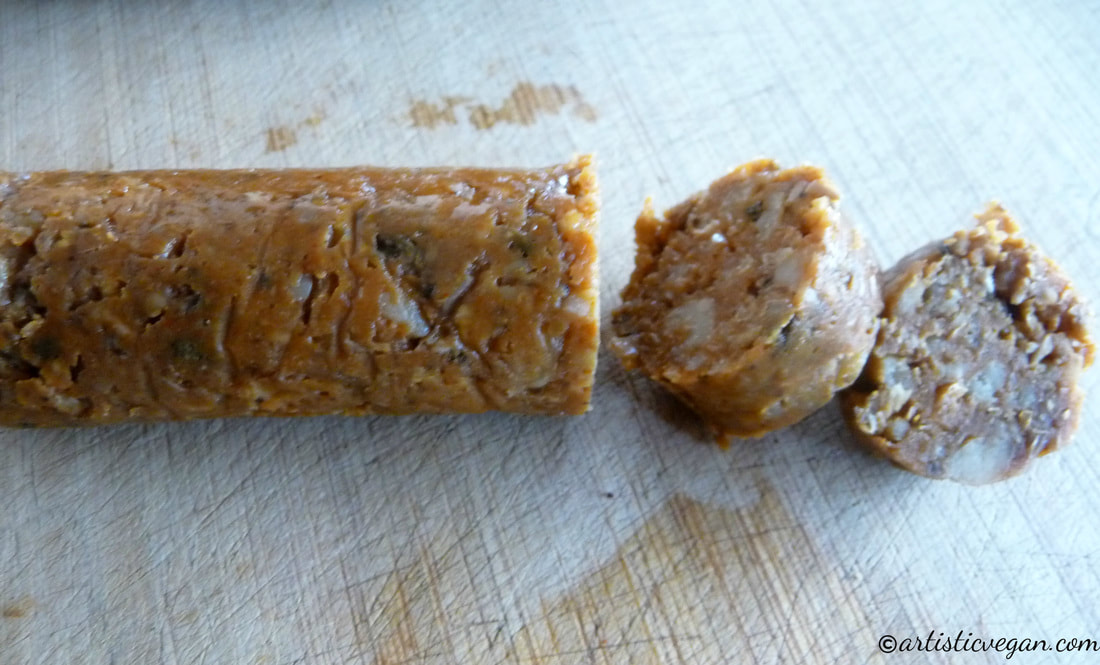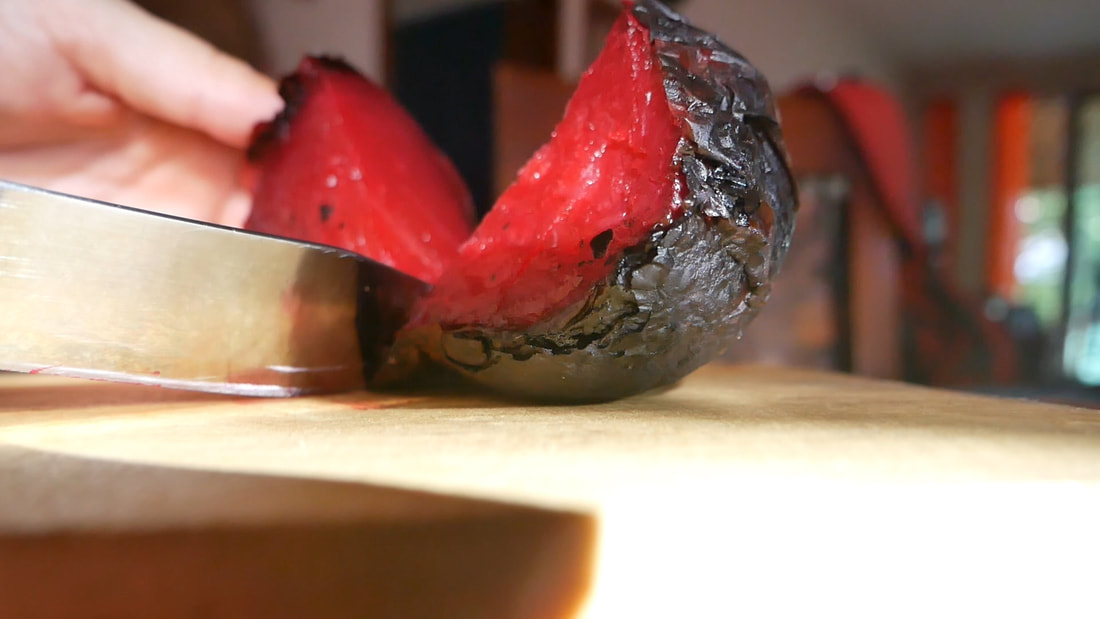I first tried the Yakasoba, which has been approved to share with all of you! Boy, are you in for a treat! We also had the Soba Noodle Salad featured on the cover for lunch and look forward to enjoying many more meals.I do recommend getting yourself a copy of this special book. It's unique, rich, and you may learn something new, I did!
Giveaway closed, thank you for all who participated on IG!
Serves 4–5
These scrumptious pan-fried noodles, known in Japan as yakisoba, are widely popular. tasty, satisfying, and energizing, they make a meal in themselves with vegetables and the rich seasoning sauce.
Yakisoba
6 ounces soba noodles (makes about 3 cups cooked noodles)
1 tablespoon sesame oil
1 cup sliced onion (thin half-moons)
several pinches of sea salt
1/2 cup thinly sliced fresh mushrooms (shiitake, button, shimeji, etc.)
1/2 cup sliced carrots (thin matchsticks)
1 cup thinly sliced celery, on the diagonal
1 cup chopped green vegetables (such as cabbage or radish greens)
1 cup mung bean sprouts
scallions, for garnish
nori strips, for topping
Yakisoba Sauce
2 tablespoons shoyu
1 tablespoon lemon juice
1 tablespoon shiitake broth or water
1 teaspoon toasted sesame oil
1–2 teaspoons ginger juice
1–2 teaspoons mirin
1. In a big pot, cook soba noodles according to the directions on the package. Drain and wash noodles well with cold water. Set aside.
2. In a large skillet, heat sesame oil and sautè onion with a few pinches of sea salt for 4–5 minutes until translucent.
3. Add mushrooms and a few more pinches of sea salt, and continue sautèing for 3–4 minutes. Add carrots and celery, and keep sautèing for 3–4 more minutes. Add green vegetables and continue sautèing, mixing all the vegetables well in the skillet.
4. Add soba noodles on top of the vegetables, cover, and steam for a few minutes on medium-low flame. If the bottom of the skillet is dry, add a little water before covering the skillet.
5. Make yakisoba sauce by combining the ingredients in a small bowl.
6. Open the cover, pour in yakisoba sauce, and toss bean sprouts over the vegetables. Over low flame, mix noodles and vegetables together using tongs. Mix gently so that the noodles don’t break but the sauce will penetrate all the ingredients. Adjust the flavor if necessary.
7. Serve with scallions as garnish and nori strips for topping.
CHEF’S TIP: Use seasonal vegetables as much as possible. For instance, in the summer, you can use fresh corn and summer squash, and for winter, use burdock and other root vegetables.
VARIATIONS | You may also use udon or other types of noodles. If you are gluten sensitive, use brown rice or quinoa noodles.





















